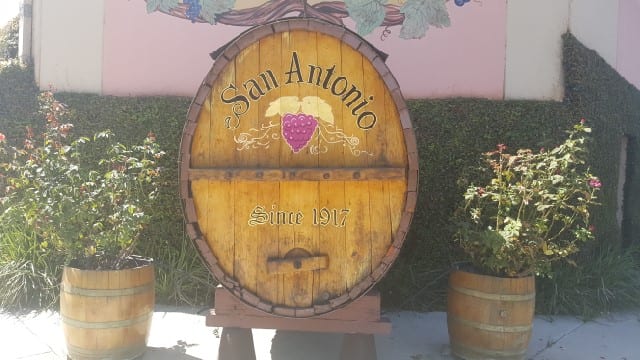Wine Tasting Santa Barbara: Sweet Tooth Edition
This story originally appeared in California Winery Advisor. When we go wine tasting, so much of what we remember are the experiential tastings. A walk in the vineyard, a barrel tasting, one-on-one with the winemaker and food and wine pairings are all experiences that one will recall once they get home. I found two memorable wine tasting experiences in Santa Barbara that took food and wine pairing to another level. Cheese is the most common wine pairing at a winery. There are also pairings with tapas and chocolates, as well as with molecular gastronomy spoon bites in which an entire meal is deconstructed and then reconstructed into one bite that mimics the dish. I once found a pairing with snack foods. The common theme with most wine and food pairings is that the wine is paired with savory bites. But the key with wine and food pairing is to have fun and try different things to see what will work. So, if you have a sweet tooth, here are two fun wine tasting Santa Barbara experiences - with cookies and cupcakes.

19 October, 2017



















